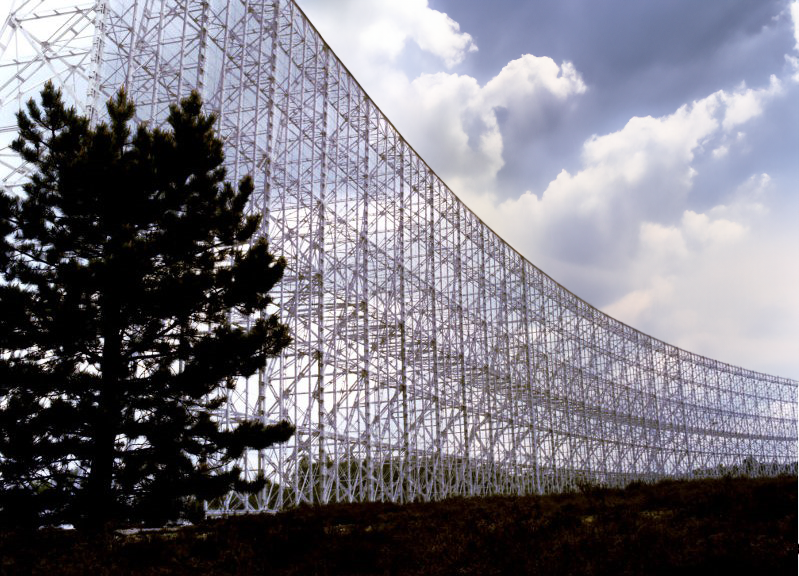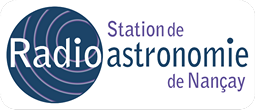Radio astronomy station at Nançay


Route de Souesmes
Nançay 18330
France
The Nancay radio astronomy station develops and operates some of the largest radio astronomy instruments in the world, for observing the universe between 3 cm and 30 m wavelength. A completely new antenna array was installed on the site at the end of 2010, forming the French part of the LOFAR (LOw Frequency ARray) European low-frequency radio telescope. In order to improve the performance of this instrument and to operate it as a stand-alone instrument, the NenuFAR (New Extension in Nançay Upgrading loFAR) project will significantly increase its collecting surface with 96 mini-arrays made up of 19 antennas that will be connected to the existing station and will also be equipped with stand-alone receivers. The expertise of the site's engineers and technicians will enable them to play an active role in the research and development of the radio astronomy instruments of the future. As part of international collaborations, the station is developing very high-performance integrated circuits and electronic cards, corresponding to the entire receiver of a modern radio telescope. In particular, it hoststwo instrumental demonstrators: the EMBRACE station, the first SKA (Square Kilometre Array) prototype for medium frequencies (0.5-1.5 GHz), and the CODALEMA network, an experiment to study the radio counterpart of particle sprays from very high-energy cosmic rays. At the same time, the station is developing original processing methods to control or eliminate interference.
Scientific fields:
The main scientific areas covered are: solar physics and the Sun-Earth relationship, the ionised and magnetised environments of the planets in the solar system, the physical chemistry of comets, pulsar timing (testing cosmological and gravitational theories), the physics of galaxies and very high-energy cosmic rays. The site's instruments are also used to support teaching activities, through courses and summer schools at Master's level. Instrumental research and development is focused on microelectronics, radio interference processing, phased arrays and new observing techniques (pulse detection, antenna arrays). The Radio Astronomy Station is involved in the development of the SKA and/or hosts major international radio astronomy projects such as the Decimetre Radio Telescope, LOFAR and the NenuFAR large array.
Laboratory techniques:
The laboratory's technical activities include: the operation of large instruments for astrophysical observations; mechanics for the manufacture of antenna prototypes and their maintenance; electrical engineering; electronics for the manufacture of radio receivers for the instruments and their technological updating (analogue, digital, signal processing, microelectronics), and computing for the digitisation and recording of signals (real and delayed time, system and network).
The Radio Astronomy Station is involved in two Labex (laboratories of excellence) and one Equipex (equipment of excellence) project. The Labexes are ESEP (Études Spatiales des Environnements Planétaires) and FIRST-TF (Réseau Thématique pour la Recherche, l'Innovation, la Formation, les Services et le Transfert en Temps-Fréquence), and the Equipex is REFIMEVE+ (Réseau Fibré Métrologique à Vocation Européenne).
ESEP provides all the ground-based radio support for solar monitoring, solar-terrestrial relations, the magnetospheres of giant planets and radio detection of exoplanets. The station's involvement in FIRST-TF and the associated Equipex, REFIMEVE+, concerns applications in long-base radio interferometry (VLBI), with the transport of an atomic time reference via the internet network.
Experimental resources:
Radio astronomy instruments (decimetric radio telescope, radioheliograph, decametric network, French LOFAR station, CODALEMA demonstrator, EMBRACE and NenuFAR), radio environment monitoring antenna, technical laboratories (mechanical and electrical engineering, analogue and digital electronics, microelectronics).


